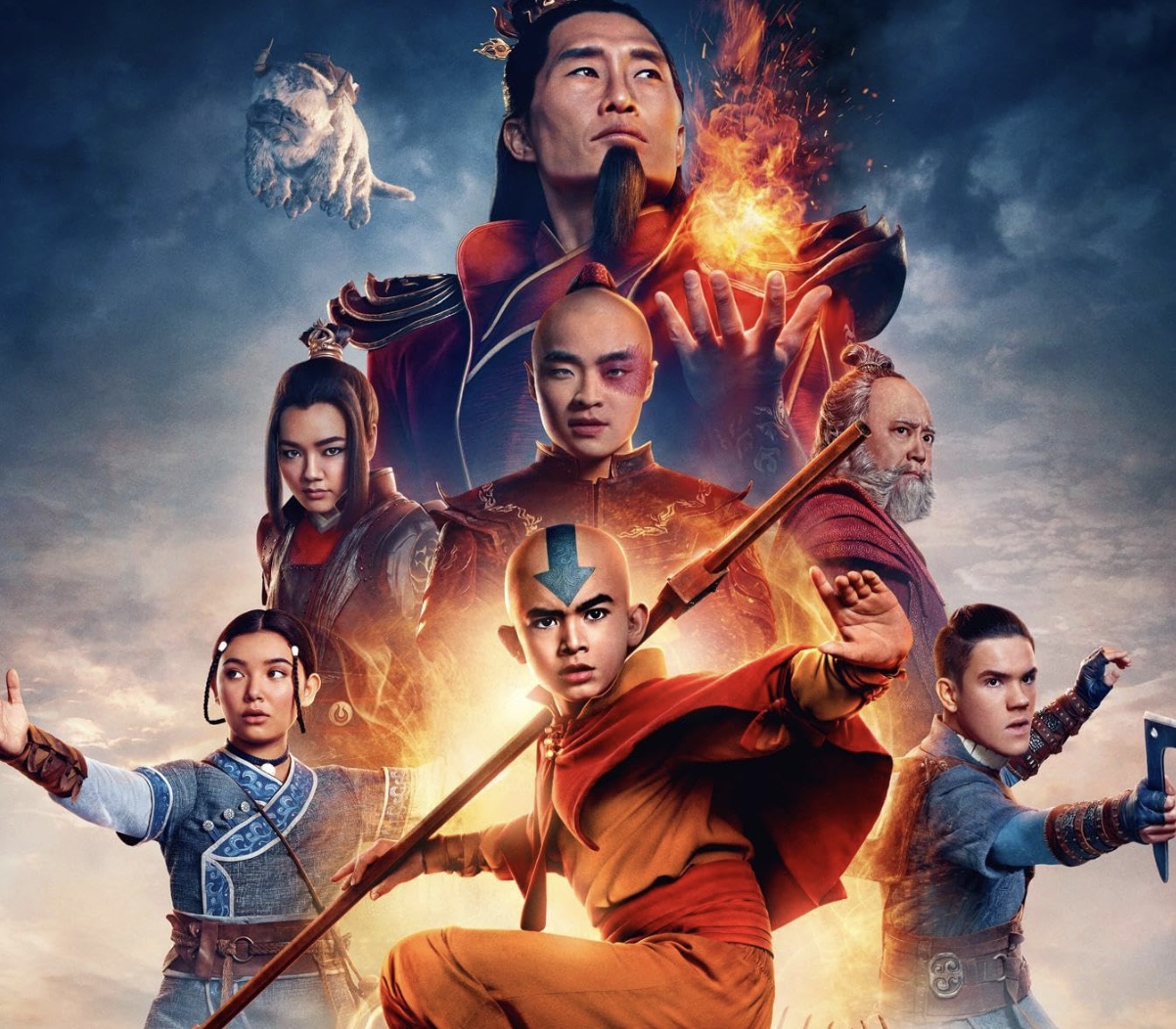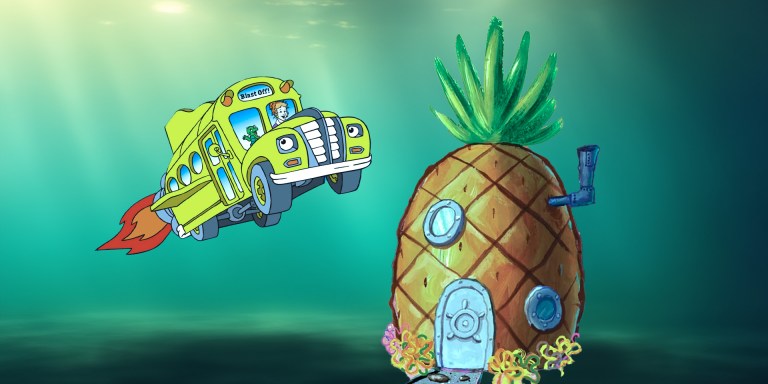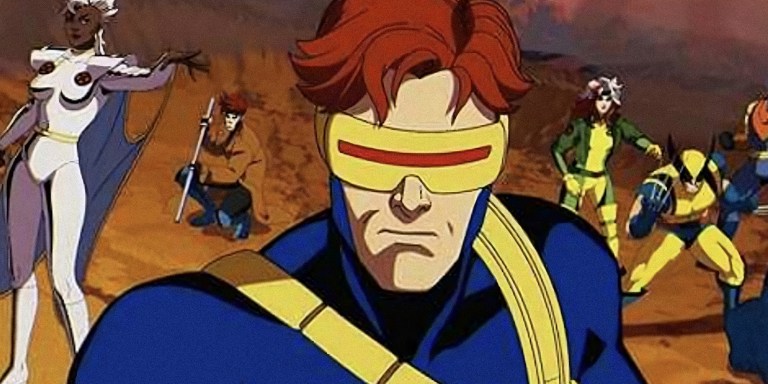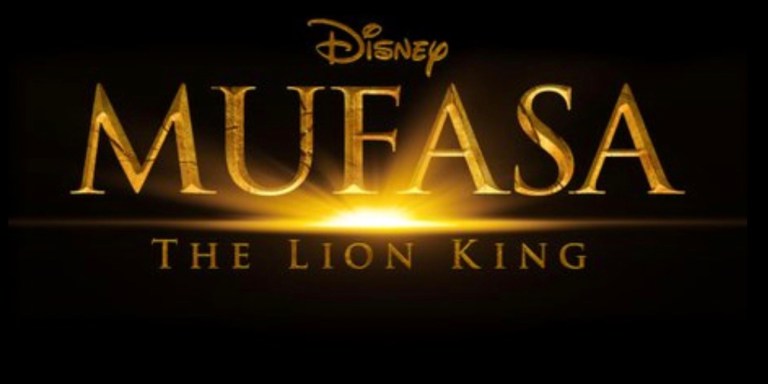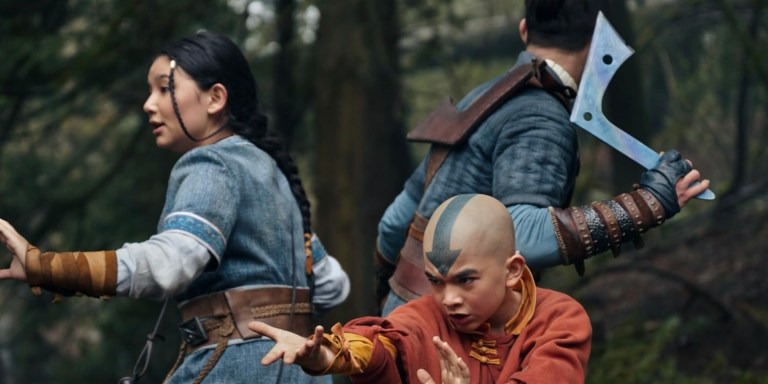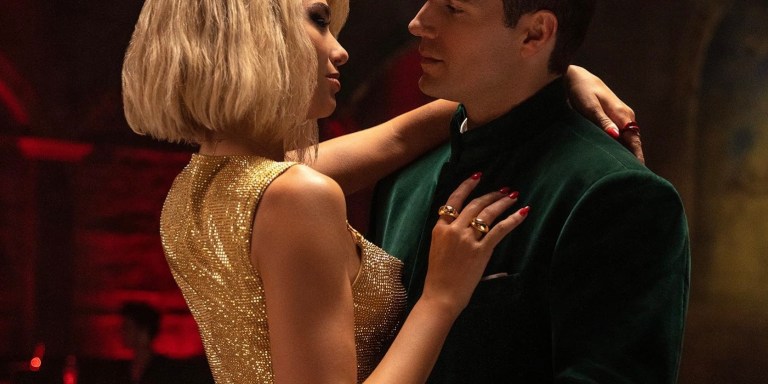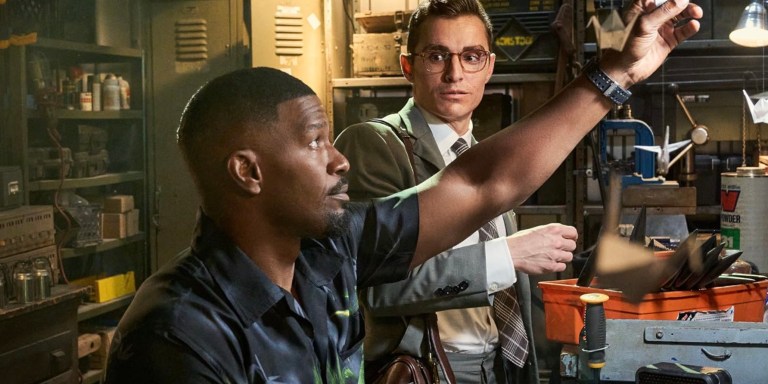Netflix’s live-action Avatar: The Last Airbender remains one of this year’s most highly-anticipated series. The show reimagines the animated global phenomenon from creators Bryan Konietzko and Michael Dante DiMartino. The recently released full-length trailer sets up Aang as the titular hero who will face the Fire Nation alongside the quippy Sokka and the nurturing, strong-willed Katara. And, who could forget the loveable sky bison Appa and winged lemur Bobo? Can this motley crew — comprised of sprightly adolescents and cuddly creatures — be enough to take on the immense military strength of the Fire Nation, whose pursuit of power and authoritative rule knows no bounds?
The original series was a sprawling saga, incorporating themes such as spirituality, the consequences of war, gray morality, legacy and tradition, redemption and friendship — all while maintaining a predominantly light-hearted tone via exaggerated physicality, running gags, slapstick scenarios, and character-driven situational comedy.
The trailer for the live-action adaptation commits to the original’s atmosphere with reckless abandon and, in doing so, becomes trapped somewhere between grave tangibility and inconsequential frivolity.
Though the bending sequences are top-notch — as the graphics create a much more convincing take on elemental warping than was seen in M. Night Shyamalan’s ill-fated 2010 take on the Nickelodeon novelty — the dialogue and the costumes skate so close to the original that it doesn’t feel adequately realistic.
When turning an animated production into a live-action one, it’s important to remember that certain adjustments are needed to account for the shift to visual realism. Animation as a medium innately permits playful color palettes and even far-fetched interactions as it exists in a realm unconstrained by the physical world and all it implies. There’s an uncontrollable increase in solemnity in the transition to real people and settings. The aesthetics and interactions need to follow suit, or you end up with a disconnect between intent and delivery.
When dialogue such as “If the world is going to have any chance, it’s gonna need Aang” slips from Katara’s smiley, bright-eyed, and optimistic face, it falls flat. It feels cutesy in a moment of life or death. The trailer also incorporates many action-adventure trope-like exchanges. From “It’s my destiny, “I don’t want the responsibility,” and “You don’t have to do this alone” to “The world needs you,” the lines feel plucked from a pool of go-to protagonist/antagonist phrases. These overtly inspirational declarations come across as cheesy in a live-action setting. They garner eye-rolls from the millennial demographic who watched the original series as children (but are now full-grown adults).
The escapism tied to animation — the fact that the medium itself is so distant from the real world — allows for a greater suspension of disbelief when it comes to character interactions. These are not exactly people. They’re drawings. They’re creations. They’re closer to (and thus easily thrive on) the same sort of larger-than-life grandeur inherent to comic books. Yet, when dealing with bleeding heart humans whose facial contortions are unfortunately controlled by human musculature and whose bodily movements are constrained by a skeleton (Sokka’s joke delivery suffers most as a result of this), it becomes difficult to swallow the pomp and circumstance. It feels disconnected. It feels false. Had the dialogue been altered to reflect the tonal shift realism dictates, there would be a union between the medium and the storytelling. And, the dialogue is only one-half of the problem this live-action series faces seemingly as a result of fan service — satisfying expectations tied to the original series.
The costumes feel like they could have been bought at Spirit Halloween. It’s as if a magic fairy waved her wand and turned the animated clothing into stiff replicas. The clothes do not seem realistic or comfortable. They seem, once again, like imitations. Yet, they should feel like traditional garb inherent to each culturally rich nation, boasting intricate and individualized, hand-sewn-like stitching. They should have a sort of believably worn and torn aesthetic, especially considering these kids are often in battle. Everything simply feels so clean and tidy — collars starched and pants ironed — in an adventure saga brimming with dirt and danger. Where’s the visual result of the tumble? Where’s the battle armor that looks efficient, as opposed to ebullient?
In skating so close to the visuals akin to the animated original and the extravagant interactions (minus the extravagant physical impossibilities tied to animation), the live-action series, based on the trailer, lacks the magic of its predecessor. In failing to account for the shift — possibly out of fear — it suffers under the weight of homage sans reinvention. Let’s hope the full series manages this balancing act with greater nuance.
